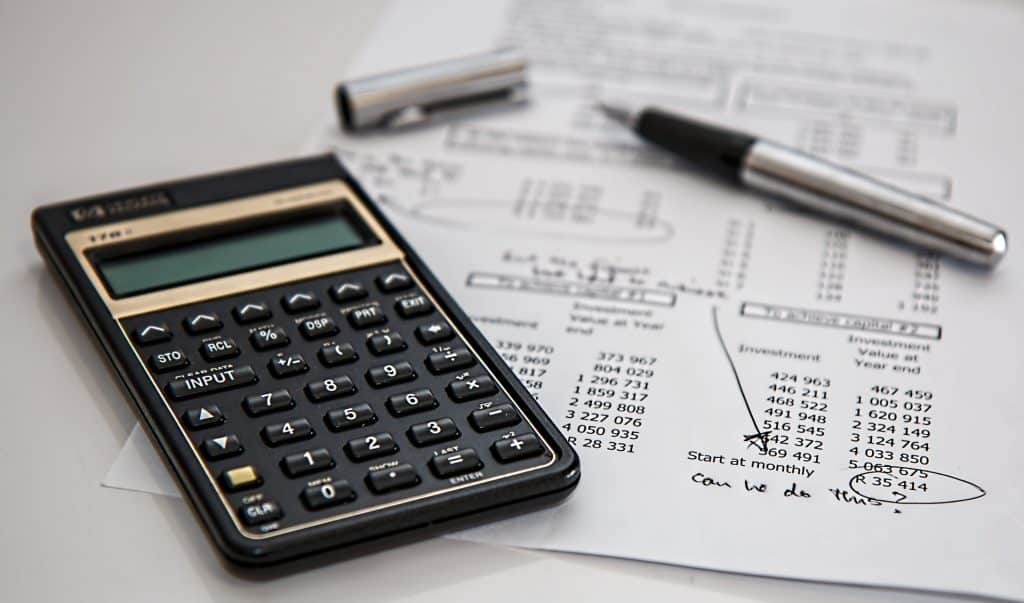Depreciation is one component to consider when calculating the value of an asset. Depreciation indicates the cost of an asset minus its residual worth, even though estimating it may be subjective.
In this post, you’ll learn how to determine business depreciation schedules. Read on to learn more!

What are apartment depreciation schedules?
Apartment depreciation schedules are instruments that serve as a guide to the depreciation costs of a property. Depreciation schedules are used by property owners to show how the expenses of a fixed asset are amortised over its useful life.
How to determine depreciation schedules?
Depreciation is amortised, which means that the value of an item is spread out throughout its useful life. As an asset’s usefulness reduces over time, it will become worthless in later years.
Here are the methods used to figure out depreciation schedules.
1.
The Units-of-Production Method
- Calculate the asset's purchase price and salvage value, as well as the total number of units you anticipate it to generate each year during the asset's lifetime.
- Subtract the salvage from the purchase price.
- To determine the depreciation for each year, divide the estimated units generated for each year by the total expected units during the asset's life then multiply the result by the difference in price and salvage value. This strategy is ideal for assets that will not be utilised consistently, such as machinery that is only needed for certain orders.
2.
Straight-Line Depreciation
- Calculate the asset's salvage value, the estimated selling price at the end of its useful life. Determine the asset's purchase price and projected life in years.
- Subtract the salvage value of the item from the purchase price.
- Divide the difference from the previous step by the number of years you estimate to live. Under the straight-line technique, the quotient will give you the yearly depreciation amount. This sum should be used for each year of the asset's life. This strategy works well for assets anticipated to decay at a consistent pace over time, such as machine shop equipment.
3.
Declining-Balance Method
The declining-balance method works as follows.
Based on its salvage value, purchase price, and expected life in years, estimates the asset’s book value or market worth for each year of its estimated lifetime. Set the first year’s book value using the purchase price. To determine the book value for each future year, subtract the prior year’s depreciation amount from the current book value.
Multiply 1.5 (the depreciation factor) by the number of years you estimate to live. To calculate the depreciation amount for each period, multiply the result by the expected book value for that period.
Current depreciation = (1.5 / life lifetime) x current book value.
This strategy is best suited to assets that lose most of their value in their early years, such as computers.
Want to know how to compute depreciation schedules?
Companies use depreciation schedules to indicate how the costs of a fixed asset are amortised over its useful life. If you need more details on how to determine residential depreciation schedules, call us on 1300 313 524.
